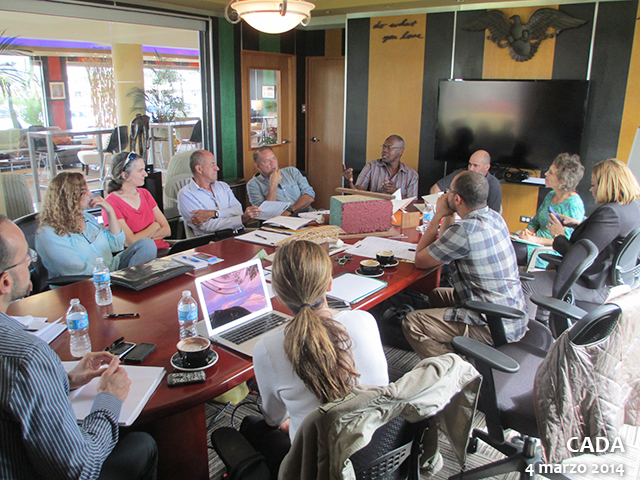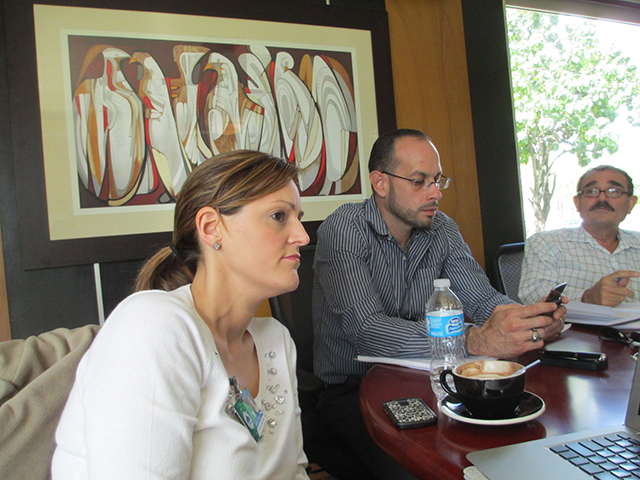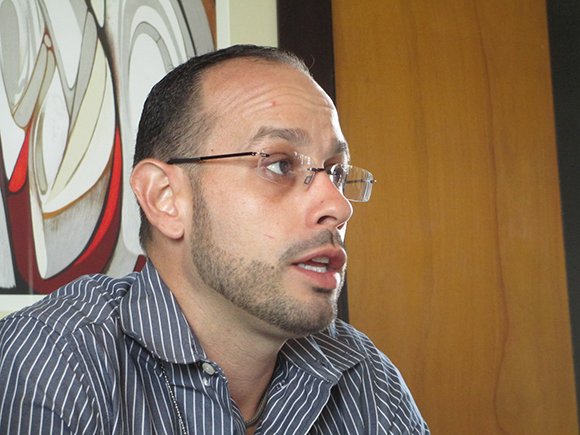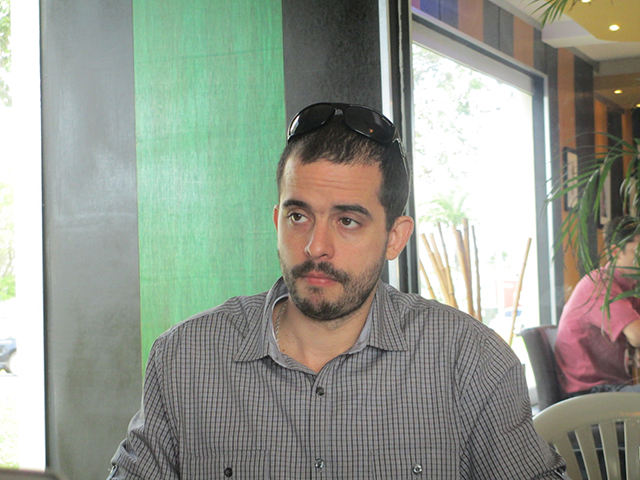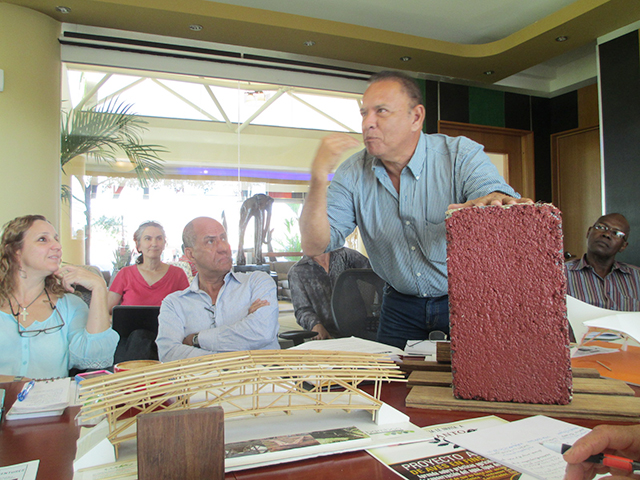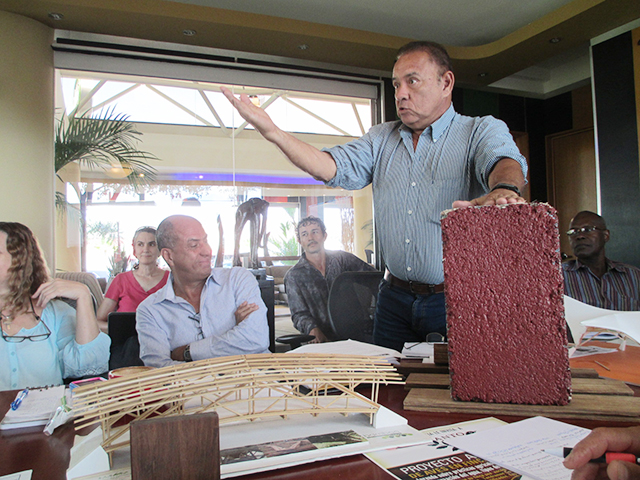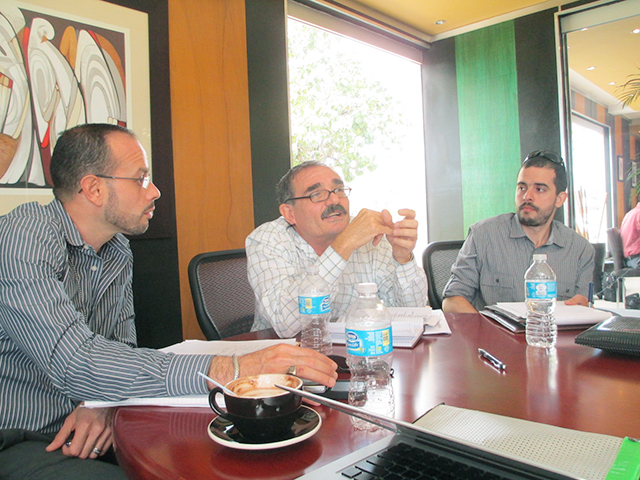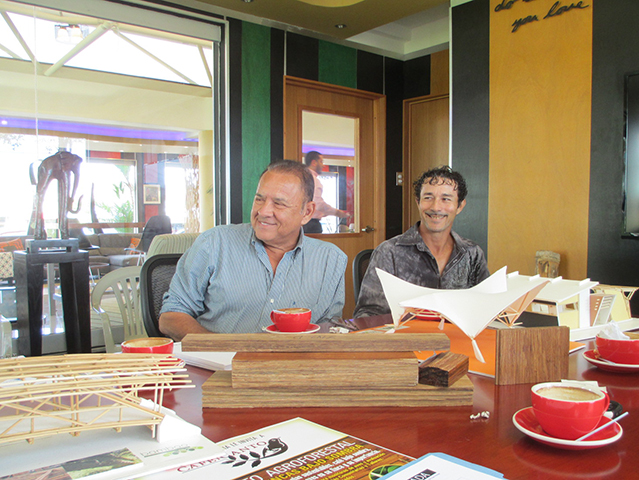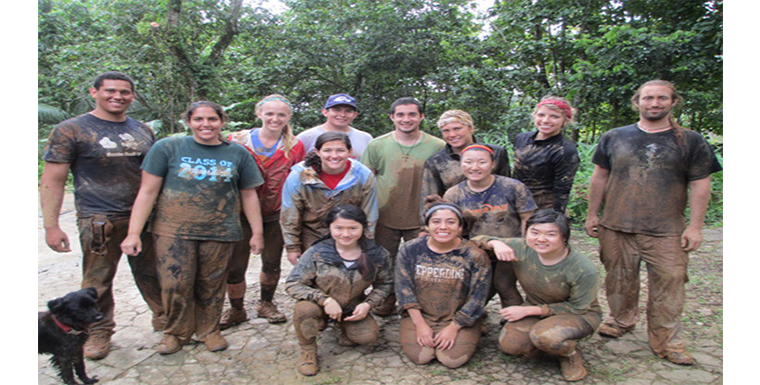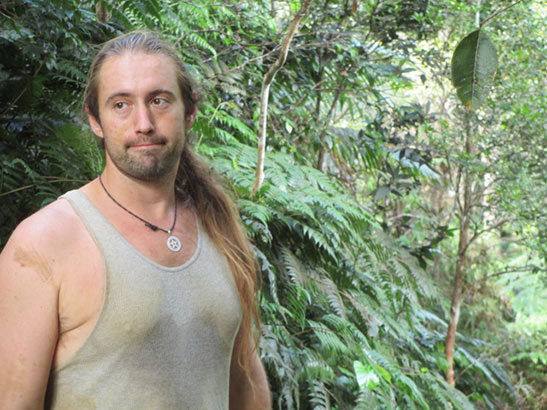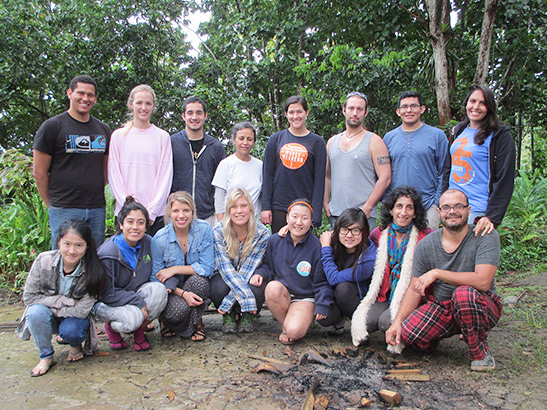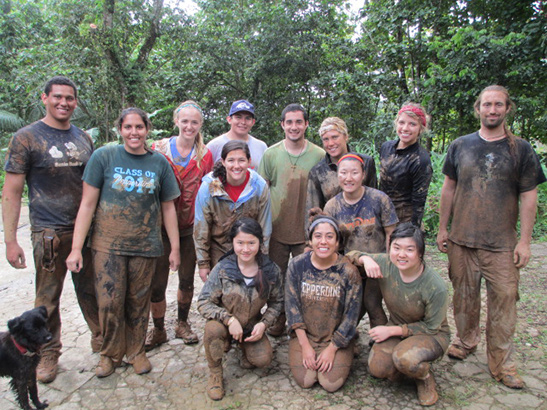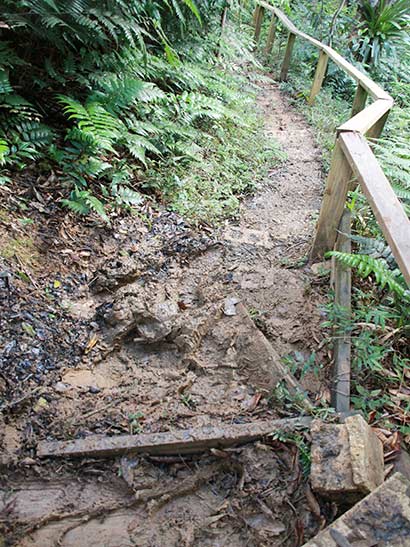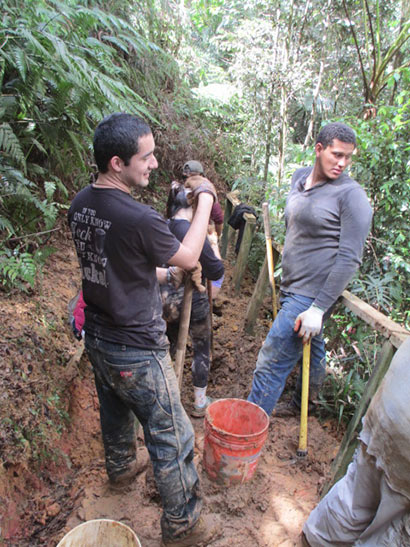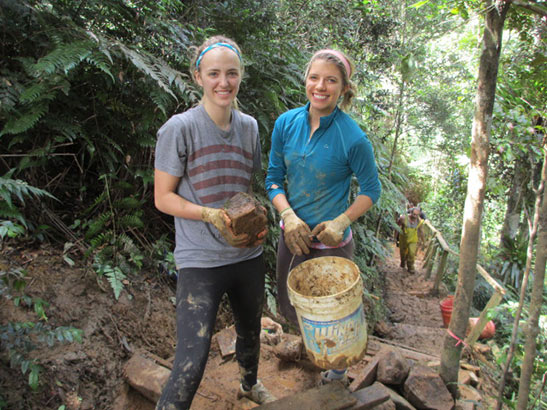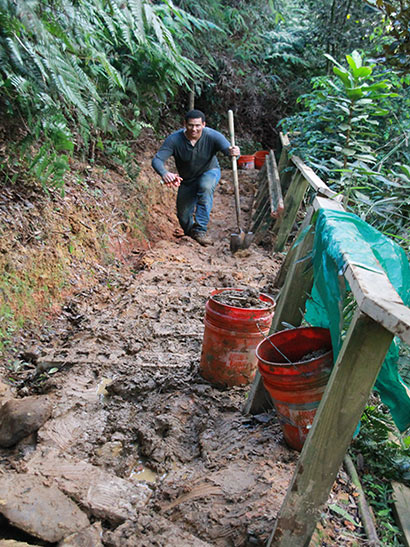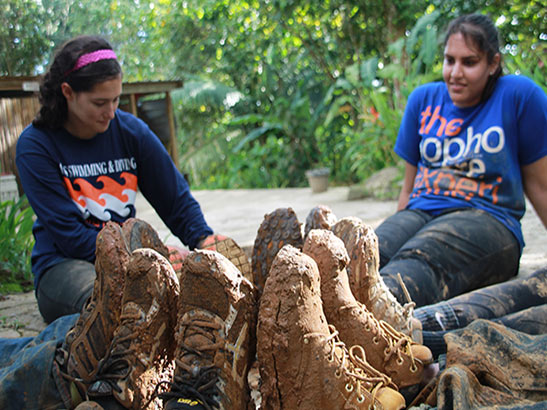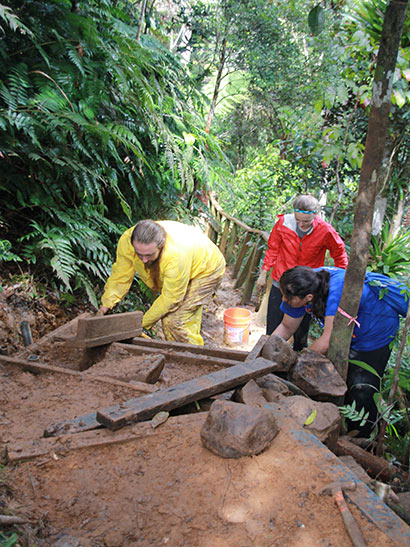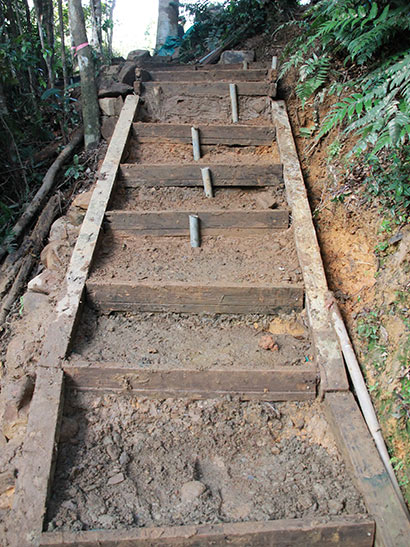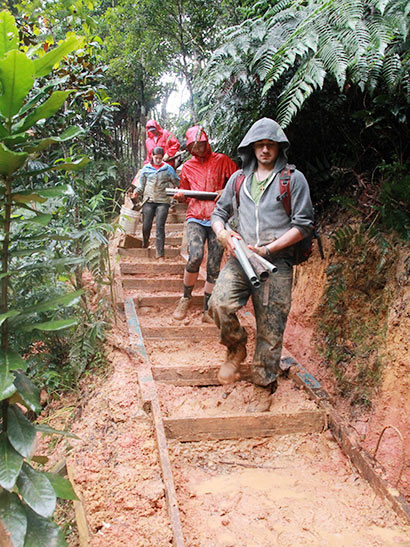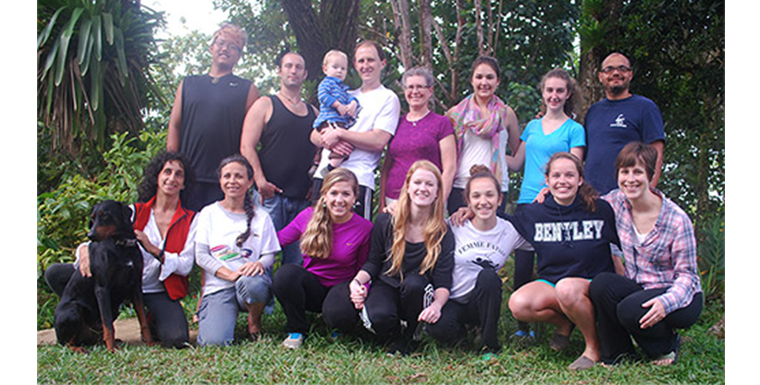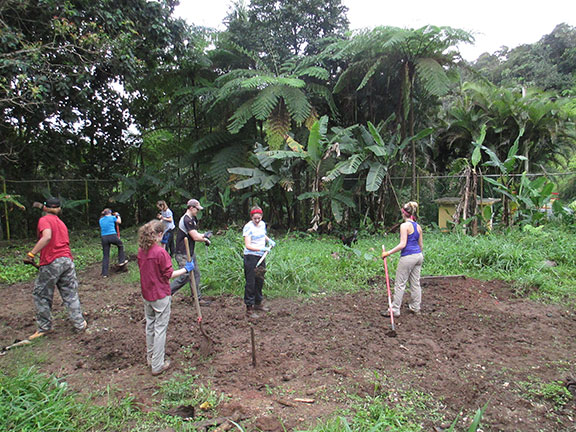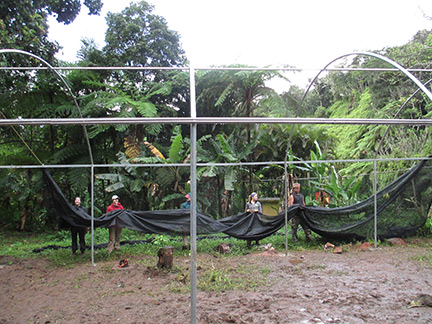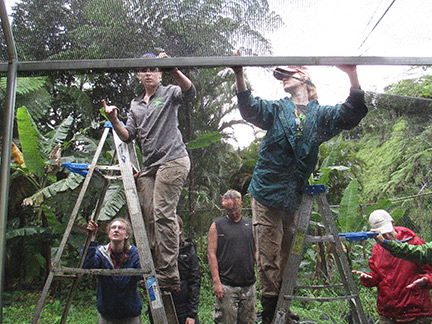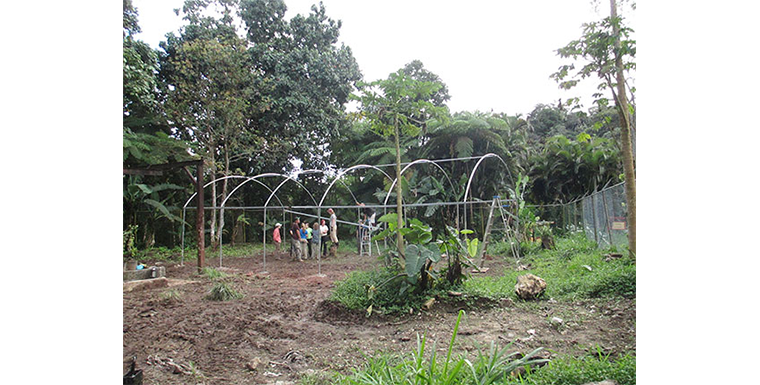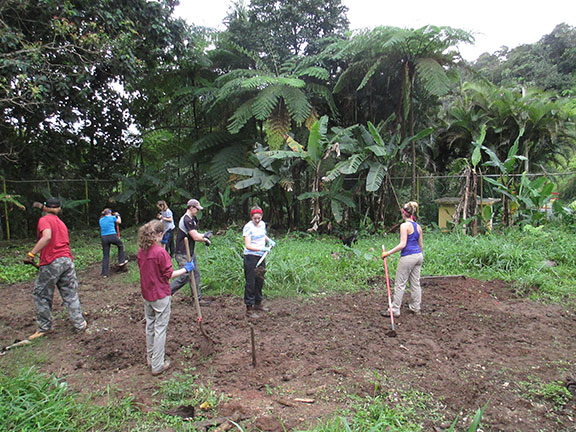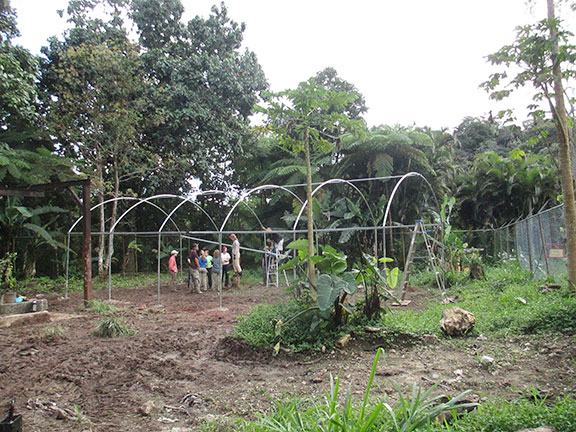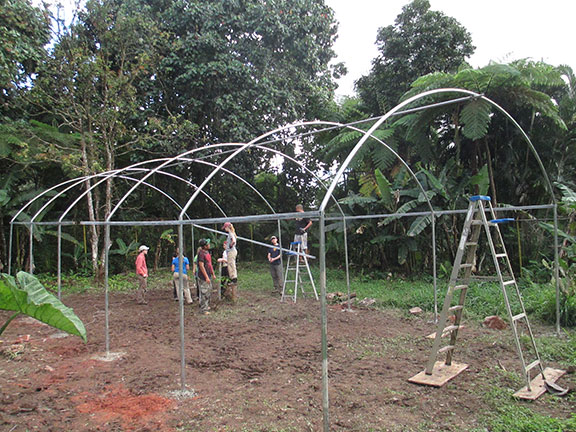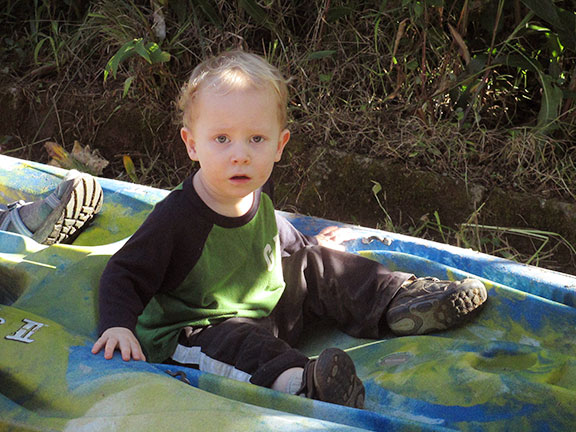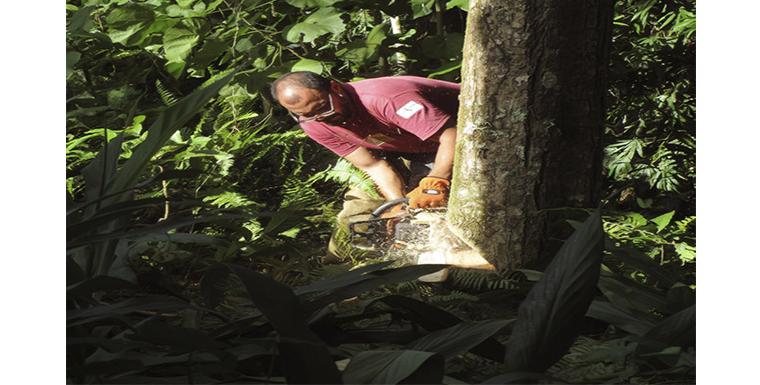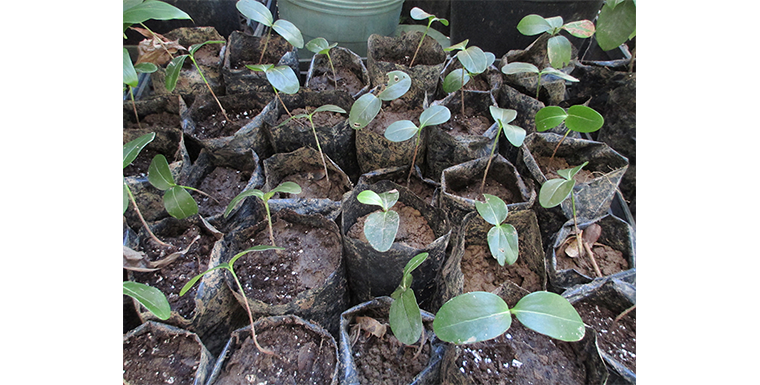Collecting Ausubo seedlings sounds like an easy task, but carrying full tree bags up and down forest slopes back to the homestead is demanding physical labor.
Our current Earthwatch Team assisted with this task on New Years Eve, and in one morning we collected 110 Ausubo (Manilkara bidentata) seedlings.
Ausubo (Manilkara bidentata), also known a balata, is a large evergreen forest tree that was probably the most important timber tree of Puerto Rico. It grows best in Puerto Rico on alluvial plain where it may reach the age of 400 years. Ausubo is extremely tolerant of shade. The strong and attractive wood makes it highly valued commercially an it is widely used in the tropics for many woo products. The tree is often tapped for its milky latex the source of balata gum. Although growth is slow, ausubo is planted for shade and timber.
Ausubo is one of the strongest and most attractive commercial woods in Puerto Rico. It is widely used in the tropics for railway sleepers, bridging, heavy construction, furniture, turnery, flooring, violin bows, and billiard cues. Its strength, high wear resistance, and durability qualify the timber for use in textile and pulpmill equipment. Its excellent steam-bending properties make it suitable for boat frames and other bent work.
The heartwood is light red when cut and turns to dark reddish brown when dry. The sapwood is whitish to pale brown. The wood is very hard, strong, fine textured, and heavy, with a specific gravity of 0.85. The wood rates excellent for boring, fair for planing, and poor for turning. It is difficult to air season and shows severe checking and warp if dried too fast. The wood finishes very well and resembles mahogany.
This info is by Peter Weaver, one of our favorite foresters, and good friend. For more detailed info on this tree and its properties see: https://www.na.fs.fed.us/pubs/silvics_manual/volume_2/manikara/bidentata.htm
